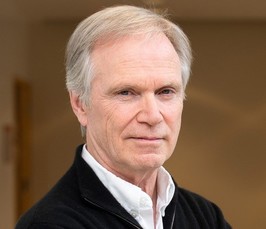The role of motion in localizing objects
- Datum: 13.09.2021
- Uhrzeit: 15:00 - 16:00
- Vortragende(r): Patrick Cavanagh
- Senior Research Fellow and Adjunct Professor, Department of Psychology, Glendon College & Research Professor, Department of Psychological and Brain Research, Dartmouth College
- Ort: Zoom

Everything we see has a location. We know where things are before we know what they are. But how do we know where things are? Receptive fields in the visual system specify location but neural delays lead to serious errors whenever targets or eyes are moving. Motion may be the problem here but motion can also be the solution, correcting for the effects of delays and eye movements. To demonstrate this, I will present results from three motion illusions where perceived location differs radically from physical location. These help understand how and where position is coded. We first look at the effects of a target’s simple forward motion on its perceived location. Second, we look at perceived location of a target that has internal motion as well as forward motion. The two directions combine to produce an illusory path. This “double-drift” illusion strongly affects perceived position but, surprisingly, not eye movements or attention. Even more surprising, fMRI shows that the shifted percept does not emerge in the visual cortex but is seen instead in the frontal lobes. Finally, we report that a moving frame also shifts the perceived positions of dots flashed within it. Participants report the dot positions relative to the frame, as if the frame were not moving. These frame-induced position effects suggest a link to visual stability where we see a steady world despite massive displacements during saccades. These motion-based effects on perceived location lead to new insights concerning how and where position is coded in the brain.